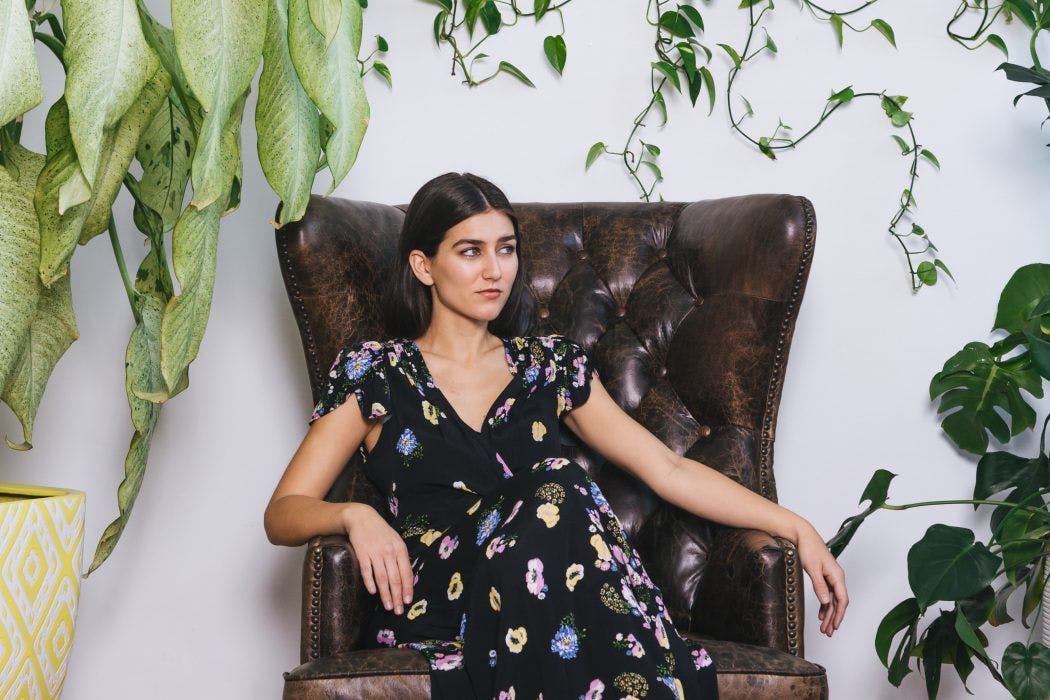Whether you decided to do a home remodeling or a simple renovation and even add plants to your house, the most important thing to do is to give a particular thought in all of this. Having the right renovation tools, choosing the right decoration for your room and taking care of your houseplants, these and more are things you need to consider. In this piece i’ve been talking about plants, particularly things you need to know about the health of your houseplants.
Plants need light to photosynthesize and thrive. Without enough light energy, the roots, stem, leaves, and flowers of your indoor plant will not flourish. Balancing light intensity can be a challenge when growing plants indoors, but the good thing is that light starving is marked by noticeable changes in a plant’s appearance. You can also use a CO2 grow room calculator to boost your growth.. This article explains 4 red alerts that will tell you that your potted plant is screaming for more light.
If your indoor plants are exhibiting any of the signs we are about to discuss, it is time you invested in the right grow lights, preferably LED grow lights. These lights are the best in the market right now because they have the full spectrum of colors that your plant needs to flourish at every growth stage. Photosynthesis mostly utilizes blue and red rays from the sun so, for the best energy production, you need an artificial grow light that offers nearly the same light spectrum as the sun. If the quality of your artificial light is substandard, say an overhead incandescent light bulb, your plants will lean towards a natural light supply instead of the existing artificial light. You definitely wouldn’t want that.
Now that we are all on the same page, here are the 4 key changes that will tell you that everything is not okay with your plant’s lighting needs:
1. Changing color
Apart from a selected few plants, leaves are supposed to have a dark green coloration that comes from chlorophyll (a green photosynthetic pigment that is found in plants’ cells). This pigment aids photosynthesis by soaking up the light that a plant gets. If the light is insufficient, the chlorophyll is the first to get starved, it is unable to work optimally, and it eventually loses its dark green coloring to become lighter over time. That is when you start seeing the leaves become yellowish. If you fail to act fast, the leaves will start to fall off the plant.
2. No new growth or abnormal growth
Light starved plants won’t put out new growth and even if it does, the growth will be abnormal. If you are watering your plant sufficiently yet it is looking unhealthier than it was when you bought it, or maybe it hasn’t improved as much as it should have, you might need to redesign your lighting.
By their very nature, plants keep fighting to stay alive and healthy, even when they are starved. They will grow slowly and leave longer than normal internodes (abnormally big spaces between leaves). If the starving is prolonged, the plants start to grow unusually thin and small leaves. Note that it is the process of photosynthesis that provides plants with the energy they need for growth. That is why stunted growth is a key sign of light-starved plants.
3. The branches are growing towards the window
Plants normally grow towards the light. If your plants are noticeably growing towards the window or any other source of natural light, that is a sign that they need more light than what they normally get. You may have to relocate your sun-loving plants to a sunny window. Note that it is possible for one part of the plant to get sufficient light and another part of the same plant to be totally light-starved. Consider gifting the plant to a friend if you live in a small apartment that doesn’t get enough natural light and you cannot afford quality grow lights or tents.
You should orient the plant so that all of its stems and leaves can reach the rays of sunlight or use a fluorescent tube artificial light specially made for indoor plants.
4. Leaves growing straight upward
The leaves of a light-starved plant may also cup upward in an attempt to get closer to the lighting source. However, if the plant is green enough and fast-growing, you shouldn’t worry about the leaves growing upwards. That could be a sign that the plant is happy.
Conclusion
Plants also try to retain as much moisture as possible, so you shouldn’t let the lights too close to the plant unless you have provided it with lots of water and oxygen. Also note that the bigger, healthier, and well-fed the plant is, the better it will cope with different lighting conditions. Lastly, ensure that you get the right size of grow lights depending on the size of your garden, plant, and grow tent. If your grow tent is excessively big, you might have to install more than one LED grow lights.


Comments are closed.